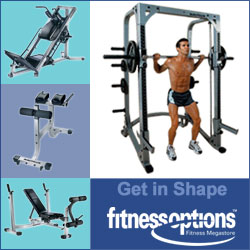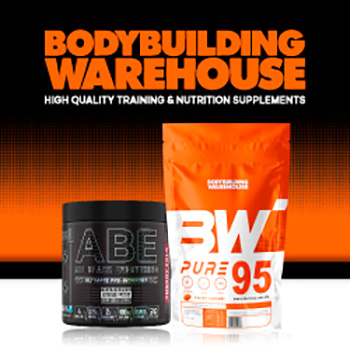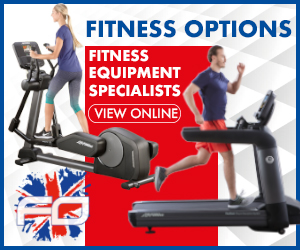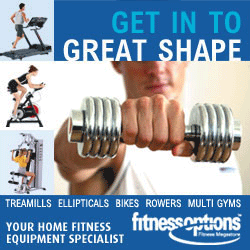Row Your Way Fit: Full Body Workouts Without Leaving Home
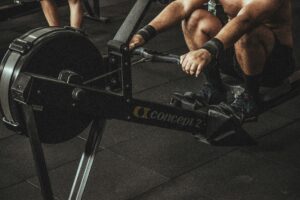
Key Takeaways
- Rowing machines for home offer a comprehensive full body workout, engaging 86% of muscles while remaining low impact and burning 600-800 calories per hour.
- Running provides the highest calorie burn potential (600-1000 calories hourly) but comes with increased joint stress compared to other cardio options.
- Cycling excels as a low impact option that builds impressive lower body strength while being gentler on joints than running.
- When comparing space requirements, rowing machines offer the best space efficiency when folded, while many exercise bikes have the smallest footprint during use.
- BH Fitness rowing machines for home combine effective full body workouts with engaging game based fitness experiences, making it easier to maintain a consistent cardio routine.
Choosing the right cardio equipment for your home gym can dramatically transform your fitness journey. With so many options available, understanding the unique benefits and limitations of rowing machines, treadmills, and exercise bikes becomes essential. This knowledge helps you make an informed decision that aligns with your specific goals and living space.
Which Cardio Equipment Offers the Best Value for Money?
When you’re considering investing in home cardio equipment, it’s important to think about how much value you’re getting for the space it takes up. Rowing machines are a great choice. They offer a nearly full body workout that strengthens both your upper and lower body and improves your cardiovascular fitness. On the other hand, treadmills are great for burning calories through a motion that we’ve been doing since we were kids. Exercise bikes are the third option. They offer a low impact workout that’s great for building endurance and strength in your lower body. BH Fitness rowing machines take full body workouts to the next level. They turn your cardio workout into a fun, game based experience that will keep you motivated over the long term.
How Cardio Training Works
Cardiovascular exercise has a deep impact on your body, right down to your cells. When you do cardio, you increase the number of mitochondria in your muscle cells. You become better at using oxygen, and your body gets better at clearing out lactic acid. This means you’ll have more endurance, you’ll recover faster, and you’ll be able to do more work. This is true no matter what kind of cardio machine you’re using.
It’s not about whether these cardio machines work or not. They all do. It’s about which ones focus on what parts of your body and how they distribute the workload across your body.
Choosing the Right Cardio for Your Goals
The best cardio machine is really the one you’ll use the most. Studies have shown time and time again that sticking with a workout program is more important than the specific type of cardio you do. That said, choosing a cardio machine that suits your body and fitness level can make a big difference in your long term success.
If you have problems with your joints, the low impact nature of rowing and cycling can give you cardiovascular benefits. You will avoid the jarring impact of running. People who want to develop their upper body will benefit much more from rowing than cycling or running. Meanwhile, those training for specific sports may find one machine better mimics their competitive movements than others.
Popular Cardio Misconceptions That Hinder Your Progress
A lot of fitness buffs are victim to enduring misconceptions about cardio workouts. The idea that low intensity “fat burning zones” are better for losing weight has been completely disproven. Total calories burned, not the percentage of your heart rate, is what ultimately determines fat loss results. Likewise, the idea that cardio always results in muscle loss is only true when you’re not eating enough calories or you’ve completely stopped strength training.
One common misconception that is particularly relevant to our comparison is that all cardio machines are created equal. As we will see, each machine creates unique adaptations. They challenge different muscle groups in ways that may either help or hinder your fitness goals.
Rowing Machines: The Full Body Cardio Powerhouse
Rowing is unique among cardio exercises in that it works about 86% of your muscles through one smooth motion. The rowing stroke is a combination of a leg press, a back extension, and an arm pull. All are coordinated into one movement that works both your muscles and your cardiovascular system at the same time. This combination of multiple movement patterns is why rowing can be so challenging, even for people who are good at other types of cardio.
Contemporary rowing machines, such as those by BH Fitness, utilize water resistance to generate a naturally fluctuating resistance curve. In other words, the more effort you put into your pull, the more resistance you’ll experience. This is just like real life rowing on the water. This adaptable resistance makes rowing an excellent option for individuals of all fitness levels. It offers virtually limitless opportunities for progression.
Rowing Works 86% of Your Muscles in One Stroke
When you row, you start in the catch position with your knees bent and your arms outstretched. Then you move into the drive phase. This starts with a powerful push with your legs (working your quadriceps, glutes, and calves), followed by a hip extension that works your posterior chain (lower back, glutes, and hamstrings). The stroke ends with a pull of the arms that works your biceps, rear deltoids, and all the muscles in your upper back.
How Rowing Affects Your Joints
Compared to running, rowing is much easier on your joints. However, it still gives you an intense cardio workout. The sliding seat lets you fully extend your legs without the jarring impact of your feet hitting the ground. This makes rowing a great choice for people who already have joint problems or for those who want to keep their joints healthy in the future.
Rowing machines provide a safer workout due to the controlled nature of the rowing stroke. This helps reduce the risk of injury. It’s true that rowing improperly can cause lower back strain. However, it’s easy to avoid this by paying attention to your form. You should keep your core strong and start the drive with your legs rather than pulling with your back.
Burn Those Calories: 600-800 Per Hour
Rowing machines are fantastic at burning calories. Most people use between 600-800 calories per hour during moderate to intense workouts. This incredible calorie burn comes from the fact that the exercise uses your whole body. It requires both upper and lower body muscles to work at the same time. For comparison, this calorie burn is on par with running. It is much higher than most other low impact cardio options.
How Much Space Do You Need and How Can You Store It?
Today’s rowing machines have tackled the issue of storage with creative folding designs. The majority of good rowers can be folded in half or stood upright, reducing their size by up to 70% when they’re not being used. When you’re working out, rowers usually need an area about 8 feet long and 2 feet wide, plus some extra room to get on and off comfortably.
Top of the line models such as the Ergatta rower come with wheels for simple moving. They also have designs that are pleasing to the eye, blending well with your home’s interior design. Today’s rowing machines are much more suitable for home use than older models. This is thanks to this mix of practical storage solutions and appealing design.
Looking to tone and sculpt your body? Our fitness equipment is the answer! With customised workouts and nutrition guidance, we’ll help you achieve the results you’ve been dreaming of. Say goodbye to guesswork and hello to a fitter, more confident you. Click Here to unlock your full fitness potential today.

